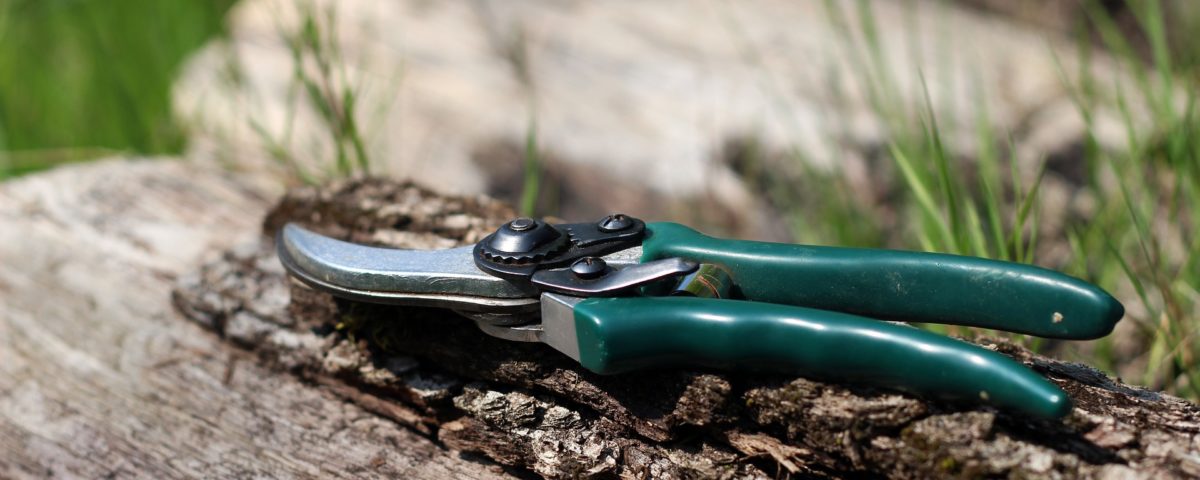
4 of the Most Common Landscaping Problems to Avoid
January 3, 2021
Overcoming the Typical Challenges of Landscaping
January 3, 2021Whenever you add a new plant to your landscape, you are committing to keeping it healthy for its entire life cycle. Many gardeners and landscapers overlook some of the basic maintenance activities that are required to keep plants healthy over the long run. That’s why you should make sure to do your research before adding new plants to your property, as it’s important to have realistic expectations before you make any final decisions. Whether you are a new gardener or have been taking care of your plants with care and attention to detail for many years, you can always benefit from learning some new tips.
We’ve put together a brief list of tips for keeping your garden healthy below so that you can make sure your landscape stays green and vibrant. Each one of these tips has something different to offer and can really make a big positive impact on the way your gardens look. This article is brought to you by Cal Blend Soils, the leading supplier of landscaping products in the California area. Reach out to one of our team members today to learn more about how our landscaping products can help you achieve all of your goals.
Healthy Gardening Tip 1 – Prune Damaged Plants
When you first start gardening, the idea of cutting off parts of your plants might seem like a bad idea. However, pruning is a landscaping activity that can reward you with healthier garden beds and more resilient plants. Your goal should be to prune areas of your plants that are damaged or wounded in order to promote new growth. Trimming your trees and shrubs in the late winter is the way to go, as it will allow them to recover strongly when the spring growing season begins.
This is a great way to keep your garden healthy because damaged or wounded plants can get infected over the winter. When you are dealing with plant diseases, it can actually end up killing your plants or causing significant damage that is difficult to deal with once it gets out of hand. Make sure you are using sharp tools to prune so that the cut will be clean and allow for the plant to heal quickly. If you want to keep your garden healthy, make sure you are pruning damaged limbs and branches.
Healthy Gardening Tip 2 – Thoroughly Examine Plants Before Purchasing
You’d be surprised at how many gardeners and landscapers add a new plant to their property without performing a thorough analysis of the plant they are buying. The last thing you want to do is purchase a plant that is weak or diseased since it can spread the plant disease around your entire landscape if you aren’t careful. That’s why if you want to maintain a healthy garden, you should spend some time looking at the plants you are about to buy before making your final decision.
Avoid buying plants with dead spots, rotten stems, or insects on them, as these can all be warning signs that the plant is not healthy. You should also take a look at the roots to make sure they are firm and white. Dark and mushy roots are usually a bad sign. Taking the time to assess the health of a plant you are buying can limit disease in your garden and prevent you from making your job harder as a landscaper.
Healthy Gardening Tip 3 – Get Your Watering Routine Right
We all know how important water is for the overall success of our gardens, but there are plenty of mistakes that landscapers make when it comes to providing hydration for their plants. Whether it’s overwatering your garden beds or not providing enough water, there’s a fine line that all gardeners must walk in order to achieve a healthy outdoor area. Also, the fact that most pathogens that cause plant diseases also need water to reproduce makes getting your watering routine right all the more important.
Try to choose a watering schedule that limits the amount of moisture on your plant’s foliage, as this can provide the perfect environment for plant diseases. Drip irrigation systems are one way to ensure your plants are getting exactly the amount of water they need. You should also consider the time of day that you are watering, as you want your plants to have time to absorb the water and dry quickly. Finally, be careful with the amount of water you are using, as waterlogged soil will result in things like fungi that can derail your gardening goals.
Healthy Gardening Tip 4 – Spacing is Key
As gardeners, we tend to want to fit as many beautiful plants as we can into the space we have. While that might sound great on paper, the truth is that overcrowding your garden beds can lead to serious issues. That’s why if you want to keep your garden as healthy as possible, you should focus on the spacing between your plants. When you have a garden that is overcrowded with too many plants, it can lead to plant diseases and poor growth.
A lot of this has to do with the fact that every plant needs a certain amount of light, water, and nutrients to stay healthy. When you put them too close together, they are competing with one another for those valuable resources. It also makes it a lot easier for plant diseases to spread around your garden when plants are so close together. Keep that in mind as you work on your gardens going forward.
Final Thoughts
Gardening done right can take your landscaping to an entirely new level of success. That’s why you should try to keep the tips mentioned above in mind to ensure the best chances of keeping your gardens healthy. Remember that you can always reach out to Cal Blend Soils if you are trying to improve the health of your landscaping with great landscaping supplies.


